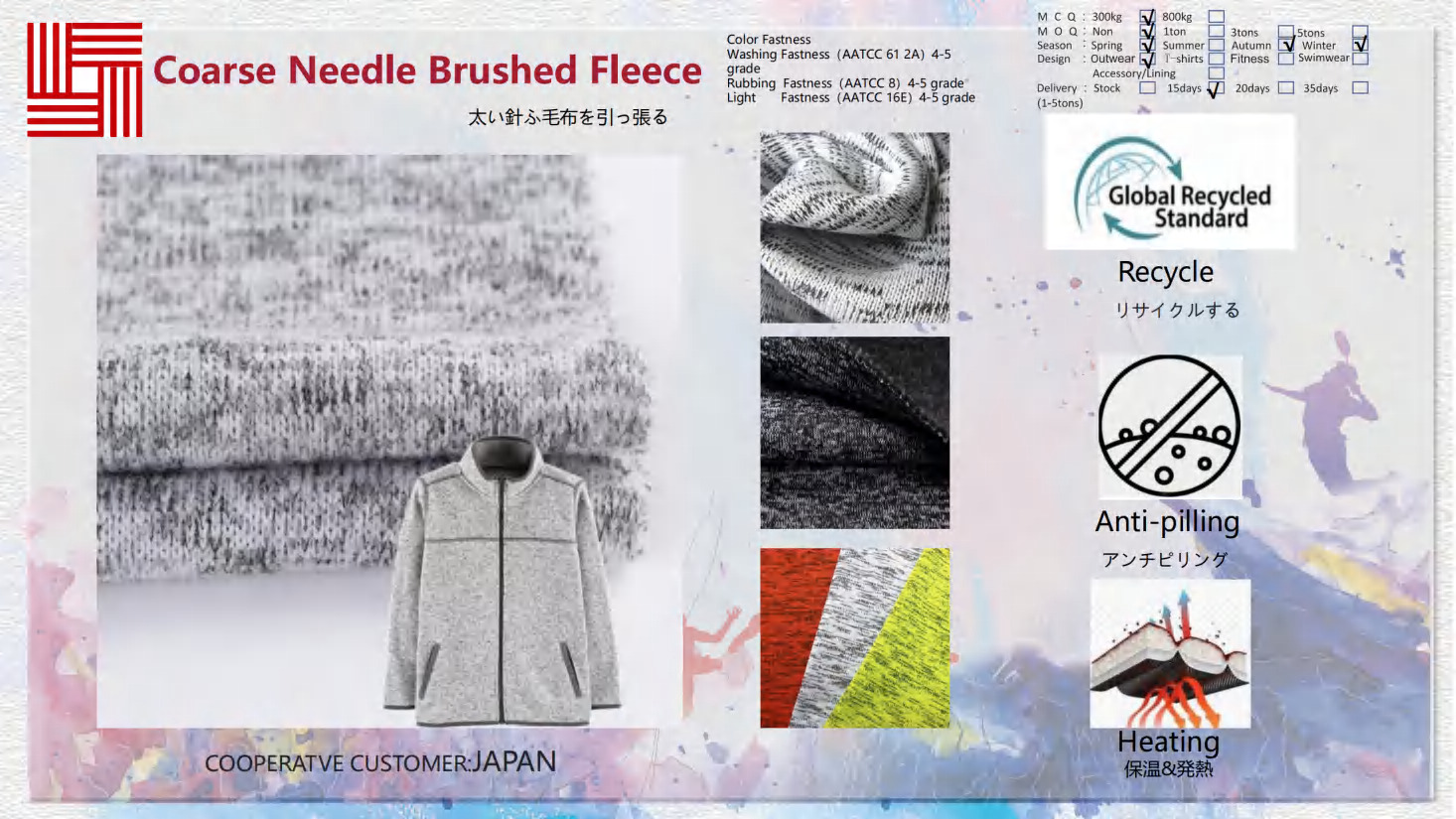The Rise of Eco-Friendly Fabrics
Over the past few decades, there has been a growing awareness and concern about the environmental impact of the fashion industry. As consumers become more conscious of the need for sustainability, the demand for eco-friendly fabrics has skyrocketed. These fabrics offer a greener alternative to traditional textiles, minimizing harm to the planet and promoting a more sustainable future. In this article, we explore the various aspects of eco-friendly fabrics and why they are becoming increasingly popular.
Organic Cotton: A Natural and Sustainable Choice
One of the most widely known and used eco-friendly fabrics is organic cotton. Unlike conventional cotton, which is grown using harmful pesticides and synthetic fertilizers, organic cotton is cultivated without the use of any chemicals. This sustainable farming method helps to protect the soil, water, and biodiversity, making it a healthier choice for both the environment and the people involved in its production. Organic cotton is also softer and hypoallergenic, making it an ideal option for those with sensitive skin.
Bamboo: The Versatile and Renewable Resource
Bamboo fabric is gaining popularity as a sustainable alternative to traditional textiles. Bamboo is a highly renewable resource that grows rapidly and requires minimal water and pesticides to thrive. The fabric made from bamboo is naturally antibacterial, moisture-wicking, and breathable, making it perfect for activewear and undergarments. Additionally, bamboo fabric has excellent draping qualities and feels incredibly soft to the touch, offering a luxurious option for eco-conscious consumers.
Hemp: The Strong and Durable Fiber
Hemp fabric has been used for centuries due to its remarkable strength and durability. This versatile plant requires little water and no pesticides to grow, making it a sustainable choice for fabric production. Hemp fabric is naturally resistant to mold, UV rays, and abrasion, making it ideal for outdoor clothing and accessories. Moreover, hemp cultivation helps improve soil health and reduces greenhouse gas emissions, making it a truly eco-friendly fabric.
Recycled Polyester: Giving New Life to Plastic Bottles
Recycled polyester, also known as rPET, is a synthetic fabric made from post-consumer plastic bottles. By transforming waste into a valuable resource, recycled polyester helps reduce landfill waste and the need for virgin petroleum-based polyester production. This eco-friendly fabric retains the same properties as conventional polyester, including durability, wrinkle resistance, and moisture-wicking capabilities. It is widely used in sportswear, outdoor gear, and even fashion-forward clothing.
Lyocell: The Eco-Friendly Alternative to Rayon
Lyocell, often marketed under the brand name Tencel, is a sustainable fabric made from wood pulp. It is produced through a closed-loop process that utilizes non-toxic solvents, resulting in minimal waste and water consumption. Lyocell fabric is soft, breathable, and biodegradable, making it an excellent choice for clothing, bedding, and home textiles. With its low environmental impact and luxurious feel, Lyocell is a top choice for eco-conscious consumers.
Pineapple Leather: A Cruelty-Free Alternative
Pineapple leather, also known as Piñatex, is an innovative and sustainable fabric made from pineapple leaf fibers. This cruelty-free alternative to traditional leather offers a similar texture and durability without harming any animals. Pineapple leather is breathable, lightweight, and biodegradable, making it an excellent choice for accessories, footwear, and even clothing. By utilizing pineapple waste, this eco-friendly fabric helps reduce agricultural waste and promotes a circular economy.
Seaweed Fiber: Harnessing the Power of the Ocean
Seaweed fiber is an emerging eco-friendly fabric that is gaining attention for its sustainable properties. Seaweed is a renewable resource that requires no land, water, or pesticides to grow. The fabric made from seaweed is biodegradable, hypoallergenic, and antimicrobial, making it suitable for a wide range of applications, including clothing, bedding, and even medical textiles. As we explore new avenues for sustainable fabric production, seaweed fiber shows great promise.
Peace Silk: Ethical and Sustainable Silk Production
Peace silk, also known as Ahimsa silk, is a cruelty-free alternative to traditional silk production. Unlike conventional silk, which involves boiling silkworms alive to obtain the silk threads, peace silk allows the silkworms to complete their life cycle and emerge as moths. This ethical and sustainable method of silk production not only avoids harm to animals but also promotes biodiversity and conservation. Peace silk is known for its luxurious feel and is often used in high-end fashion and luxury bedding.
Nettle Fiber: Rediscovering Ancient Textiles
Nettle fiber is an ancient fabric that is making a comeback in the world of sustainable textiles. Nettle plants are easy to grow, require minimal resources, and are naturally resistant to pests, making them an eco-friendly choice for fabric production. Nettle fabric is lightweight, breathable, and has a unique texture, making it suitable for a range of applications, including clothing, home decor, and even paper production. By rediscovering and utilizing nettle fiber, we can tap into a sustainable textile source with a rich history.
Conclusion: Embracing Eco-Friendly Fabrics for a Sustainable Future
As the fashion industry continues to evolve, it is crucial to prioritize sustainability and embrace eco-friendly fabrics. From organic cotton to pineapple leather, there are numerous options available that minimize harm to the environment while offering high-quality and stylish alternatives. By choosing eco-friendly fabrics, we can support a greener future, reduce our carbon footprint, and contribute to a more sustainable and ethical fashion industry.

